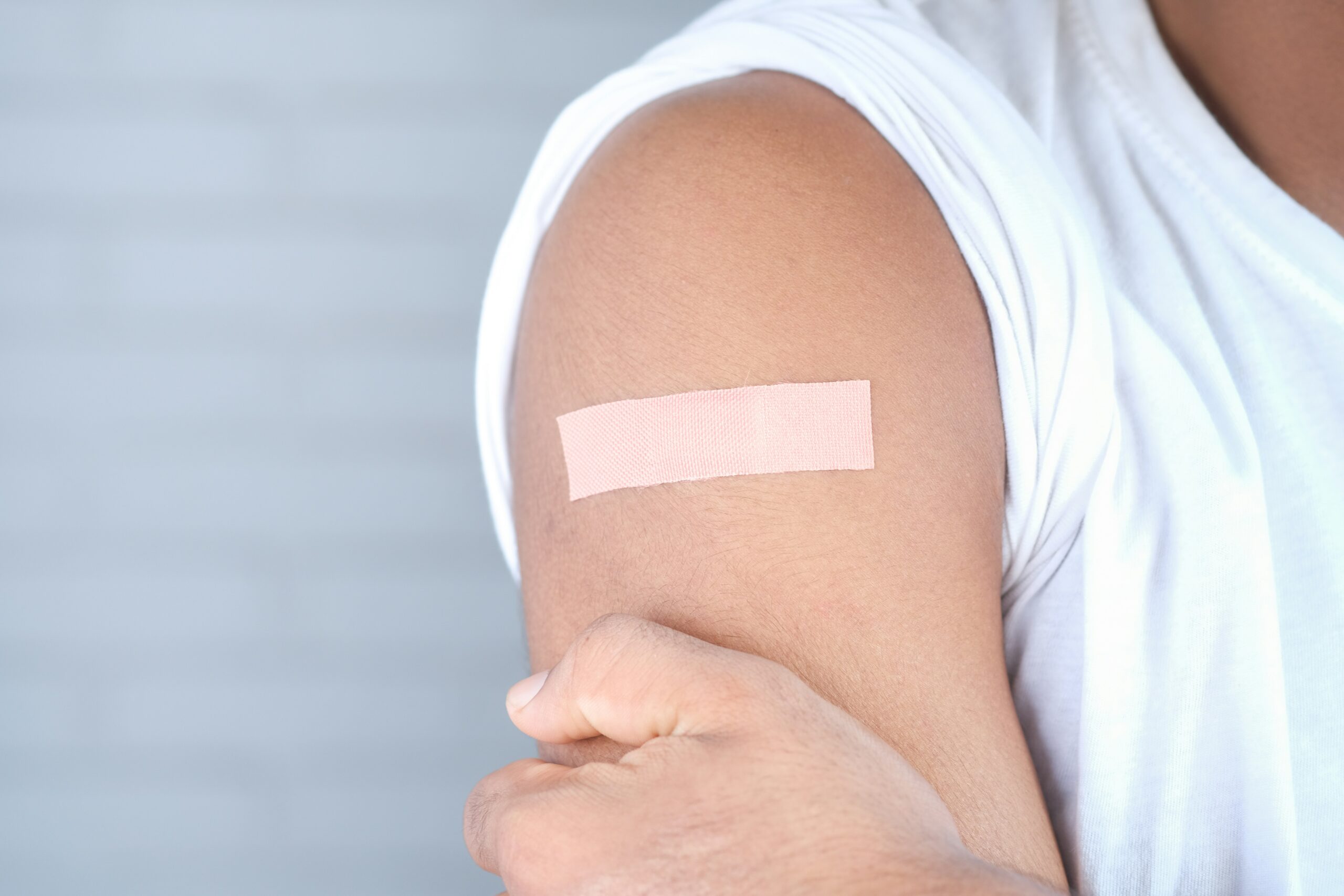You may have seen advertisements that are selling ‘vitamin patches’. These patches containing essential nutrients are affixed to the skin with the goal of absorbing the nutrients they’re impregnated with into the body. But are they actually absorbable?
The truth is, very few substances are effectively absorbed into the bloodstream via the skin.
Here are a couple of exceptions. Research has shown that nicotine patches worn by individuals who are trying to quit smoking are an effective smoking cessation tool.
Similarly, prescribed contraceptive hormone patches are effective at preventing pregnancy in females who wear them.
So far, we are only talking about drugs.
But can vitamins and minerals be absorbed by the skin into the bloodstream?
While it’s true that fat-soluble substances are more effectively absorbed via the skin compared to water-soluble substances, special circumstances and preparation would be needed for absorption from the skin into the bloodstream to occur.
Think about this: if it were as simple as absorbing all our nutrients via the skin, then individuals with feeding tubes and g-tubes wouldn’t need them. We wouldn’t have to eat; we could just slather our skin with food and wait for its nutrients to be absorbed. If that sounds ridiculous, it’s because it is.
You don’t have to be a scientist to know that the skin is fairly ‘waterproof’; if it weren’t, even the best swimmers would drown within minutes of entering a swimming pool. Our skin is designed to keep most things out; it’s an effective barrier to all but the smallest molecules.
When you read that certain nutrient-containing cosmetic creams and serums have been clinically shown to improve skin quality, it’s because said nutrients (vitamin C, vitamin A) can only be absorbed into the top layers of the skin (i.e. the epidermis). They’re unlikely to reach the dermis, where they need to get to in order to be picked up by the blood vessels that transport substances from there into circulation. Even fat-soluble nutrients can’t get through because the oils and waxes they’re typically imbedded in are too big to get through the epidermis. They just sit on top of it.
Without fancy biotechnology using nano-particles or invasive skin-altering techniques that make the skin more porous, it just isn’t possible for vitamins and minerals to be absorbed into the blood and benefit our bodies.
So if you were considering taking the ‘easy way’ to get your vitamins and minerals, give ‘vitamin patches’ a pass, eat whole, unprocessed foods, and take an oral nutrient supplement. Don’t like swallowing capsules or tablets? Consider powdered or liquid formulations; there are plenty of them available. And yes, while it’s true that oral absorption is never 100 percent, there’s plenty of research that has demonstrated that good quality oral nutritional supplements are an effective way to increase blood levels of vitamins and minerals.*
Unfortunately, the same can’t be said about nutrient patches.
*Individuals who have undergone gastric bypass surgery or small bowel surgery, or have undiagnosed Celiac disease resulting in damage to their small intestine each have reduced absorption of most nutrients. This makes them prime candidates for oral nutritional supplements, sublingual (under the tongue) preparations of certain nutrients or vitamin injections.
